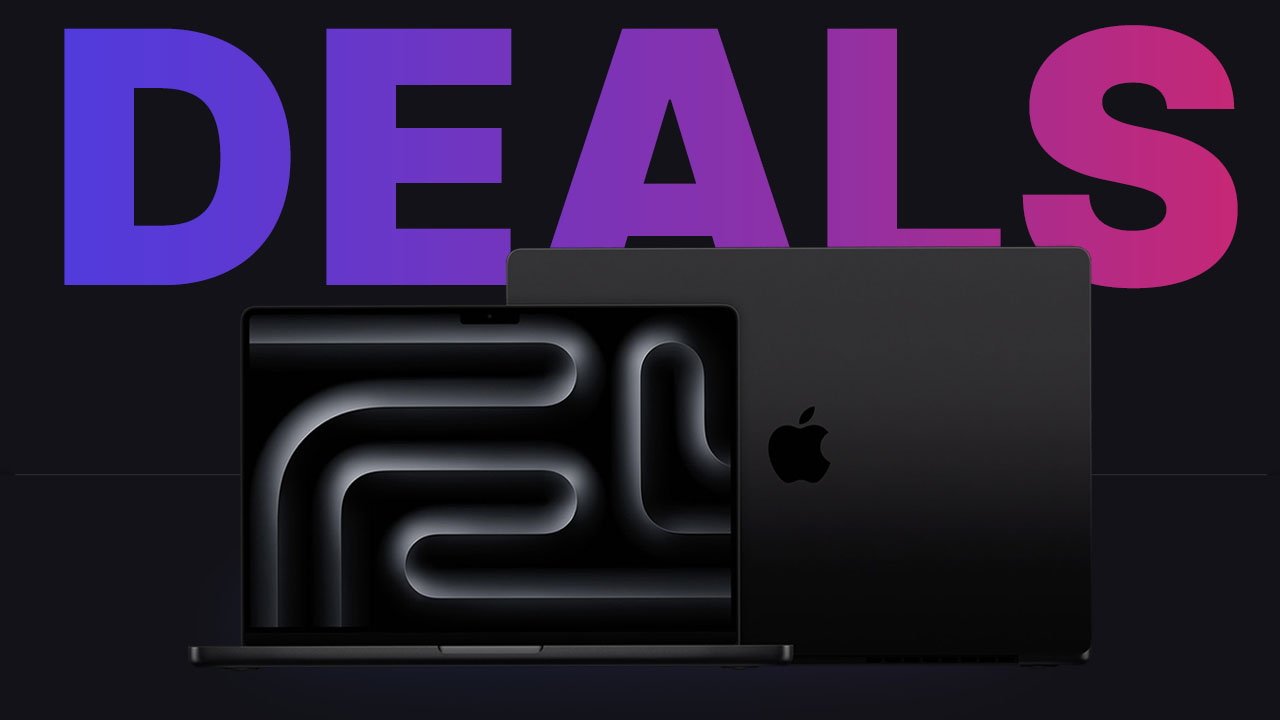https://photos5.appleinsider.com/gallery/60137-123457-macbook-pro-m3-pro-m3-max-deals-xl.jpg
Steeper discounts are in effect on Apple’s current 14-inch MacBook Pro, with every M3 Pro and M3 Max configuration up to $650 off. Plus, grab a bonus discount on three years of AppleCare with coupon.
We’re tracking fresh price drops on Apple’s 14-inch MacBook Pro, with savings of up to $650 off thanks to instant rebates stacked with promo code APINSIDER at Apple Authorized Reseller Adorama.
If you’re looking for the lowest price period, the cheaper M3 14-inch MacBook Pro is also eligible for a coupon discount on every configuration. The M3 version has fewer ports and comes in Space Gray vs the Space Black option found in the M3 Pro / M3 Max line. You can find a rundown of the chip differences in our M3, M3 Pro & M3 Max chip comparison.
Those looking to protect their purchase can also save $50 on three years of AppleCare with the same APINSIDER coupon, regardless of which 14-inch model is selected.
How to activate the APINSIDER coupon code at Adorama
If you need help redeeming the APINSIDER discount, you can find step-by-step instructions below:
- Add the MacBook Pro to your Adorama shopping cart.
- Proceed to checkout. When you get to step 4 (Payment), look for a link with a gift icon that says: "Do you have a gift card or promo code?"
- Click that link to bring up the promo code field and enter APINSIDER. Here’s what the process looks like:
Enter promo code APINSIDER during Step 4 of checkout.
About Adorama
Adorama is celebrating 50 years in business, having started as a camera shop in New York City in 1974. Since then, the company has grown to sell Apple computers, high-end speakers, drones and much more. In addition to being an Apple Authorized Reseller, Adorama is also authorized to sell products from Canon, Nikon, Sony and more.
Adorama’s physical store in New York City features Apple hardware.
Adorama also offers AppleInsider readers exclusive pricing on nearly every Mac computer available, as well as special discounts on the 2024 iPad Pro and iPad Air models. You can access hundreds of deals in our Apple Price Guide and in our roundup of the best MacBook Pro deals.
AppleInsider News



















